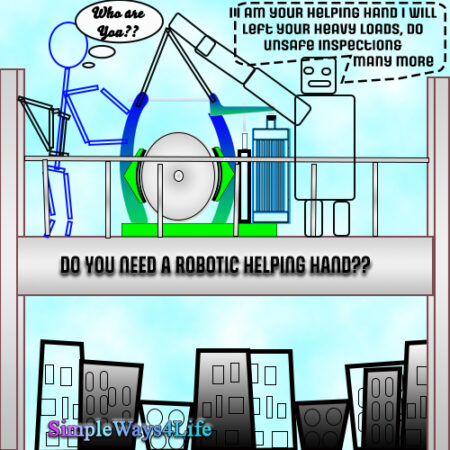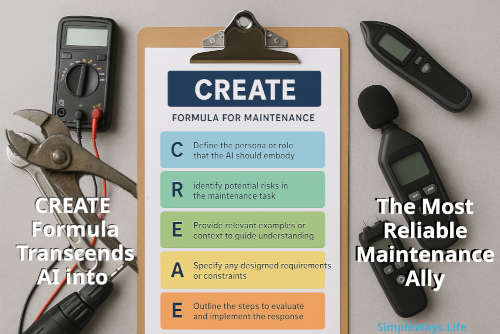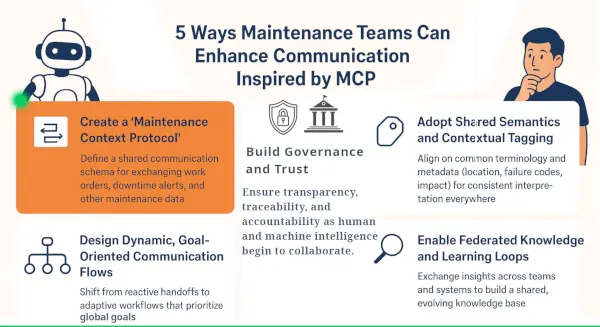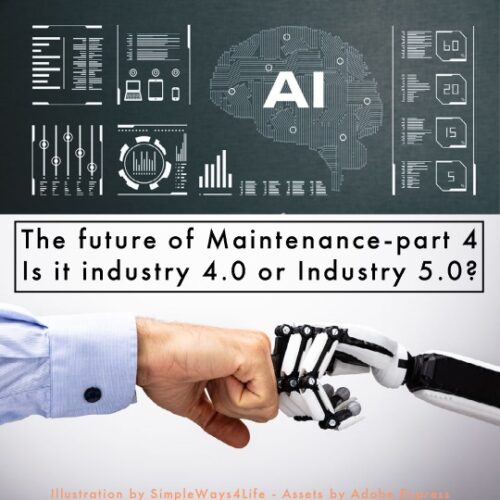Productivity, is it the result of machines being discipline?We design machines to do tasks the way we believe that’s how tasks should be done. However we have a believe that the machine we designed, would be absolutely accurate and faster. This raised an assumption that machines are better than us. In reality, machines are mainly tools to extend our capabilities so we can do things better or in less time.. This applies for physical machines and software tools. The below ground rules show analogies and differences between the humans and the physical or the soft tools they use. Those ground rules are insights in the human vs machines debate. Anyhow before we start this debate, we need to clarify the source of these misconceptions.
Where is the remote control of the subconscious mind?
We need to draw the attention to the “productivity” definition and its perceptions in the common consciousness. Those perceptions are imprinted in our minds subconsciously even if we are not aware of them. Whatever is entrenched in the collective consciousness sneaks to our subconscious mind even if we are unaware of it. When you became aware of it, you are then free to accept, reject or tune your personal perception about it. Before that, the collective consciousness conceptions governs your thoughts and reactions subconsciously.
The subconscious perceptions about machines superiority
Frequently you are bombed by a video recommendation about the majestic car manufacturing. Usually the video starts by showing giant robots holding the car frame and doing multi point precise welding at the same time. That’s great. Nevertheless, that’s not the complete picture.
If you are interested to dig deeper, you will find that there are still massive number of employees in a car manufacturing. This part of the industry that involves massive manpower is not publicly shown to promote the idea that car manufacturing is an automated-robotic industry. Hence, the perception of robots being more accurate and reliable grow in the subconscious mind of the public. Below video shows Audi 2020 engine assembly which shows a reasonable amount of human workers. However technology and robots are in place to support the workers. A large conveyor moves the engines between different team members, calibrated electric torque wrenches and a robot to place the liquid silicon or rubber as the engine block sealer. They are doing nice, limited and specific jobs
However there are a lot of assembly steps, including the electric wiring, are not shown. I tried to search for a car manufacturer showing how the complete electrical wiring is made and laid and found nothing. There is a missing part of the image that justifies the use of 1500 workers per shift in car manufacturing sites.
Productivity, Is it manmade or machine-made?
Productivity =
Output
_______________________
Input
Usually productivity gives simple indications that sums up more complex situations. Examples:
- Raw Material Productivity = Produced Units/Input Raw Material. You can use it for each of your raw material or for the main ones. Results are better over longer periods of time to minimize other effects.
- Team productivity=(Number of good products)/(Unit time). It can be per day, week or month. Keep in mind that the input to the process and its output are the result of accumulated efforts.
- Equipment Productivity can use the same calculation as we calculate the Team productivity. Meanwhile, the Equipment setup, follow up and maintenance affect the equipment productivity. This doesn’t imply that the machines are perfect but human cause flaws. It shows that machines needs humans to continue working. And, productivity is a result of their collaboration.
The future of work in the automotive industry.
On a report issued by the ILO – International Labor Office – based on the Technical Meeting on the Future of Work in the Automotive Industry (Geneva, 15–19 February 2021), it demystified a lot of facts related to the current status and expected evolution of the automotive industry. I will convey few paragraphs and I you can find here a link to the 55-page paper by ILO.
“On average, each vehicle contains more than 20,000 parts, which original equipment manufacturers (OEMs) source from thousands of different suppliers. “
“Not only does the automotive industry directly employ a large number of manufacturing workers but it also creates additional jobs in other industries in the supply chain. “
“Similarly, in the EU, 13.8 million people are employed either directly or indirectly by the automotive sector, of whom only 2.6 million are directly employed in manufacturing motor vehicles.”
“Digital technologies are interacting with existing technologies, such as welding robots, that have been utilized in vehicle manufacturing for decades. Nevertheless, access to these technologies is not evenly distributed throughout the supply chain. Nevertheless, access to these technologies is not evenly distributed throughout the supply chain. OEMs (brands as VW, Volvo, etc.) use advanced digital technologies, while large parts suppliers often coexist with legacy technologies in many SMEs (the supply chain of the 20,000 parts) in lower segments of the supply chain.”
“The automotive industry pioneered the use of robots, including collaborative robots (cobots) that can work alongside humans on the factory floor. Along with other related technologies such as exoskeletons – robotic suits that can reduce the strain of repetitive tasks for workers – advanced robotics are extending automation from welding and painting to tasks across the production process.”
Ground Rules that we need to keep in mind when we correlate personal & machines productivity
- When you calculate the machines production, you calculate first the available time for production. The base of calculation are a 24 hours’ day and a 7 days’ week. You are not any different. We have only 24/7 to use. But, not only for work.
- Pushing a machine over its limits for a long time can cause failures. I believe we had tried this once or twice within our life. I mean here by the trial, that we pushed some machines over their limits, and we pushed ourselves over our limits for more times.
- Machines stay focused at their designed tasks. But, We:
- Get distracted
- Find fake fulfilment in multitasking
- The machines design in the first place consider a single specific task or a few cross related ones for each single machine.
- On the other hand, our life is a mix of widely diversified tasks. We can excel a lot of them at the same time. We can play music, play tennis, specialize in TIG or MIG welding and be a perfect dad.
- A machine needs a planner to set its working schedule, maintenance schedule, different raw material needed for different product and quantity and timing for each product.
- Part of our daily routine is scheduled for us; working hours and calls for meetings are good examples. However, there are other daily tasks that we perfectly schedule for ourselves. Moreover, we excel -if we want- adding new tasks to our life.
- Machines work by instructions. We receive instructions but we may need examples to follow. Sometimes if we can’t see how steps looklike, it might be difficult to do it.
- We have the freedom of switching our career. And to exert the needed effort to make a sound start. What about machines?
Is there a Maintenance productivity measure?
That’s what we shall about in our next chat
In Conclusion,
Productivity is a result of the collaboration between machines and workers. Even if not openly said., there is a still a wide room for workers in every industry. However, we need to watch out for disruptive technologies and to have a personal plan B.
Then, we shall share simple hacks to improve our productivity. These simple hacks can boost your personal productivity in work and on the personal level.
What a bless coffee is, even in your imagination. Enjoy it while reading our chats.








